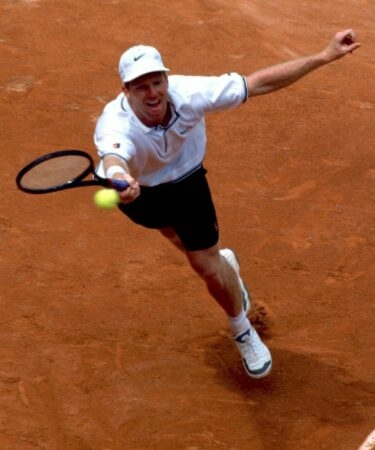November 17, 1991: The day Pete Sampras claimed his first season-ending ATP Masters Cup
On this day in tennis history, one young American beat a compatriot to win his first ATP Masters Cup. Look back on how he did it
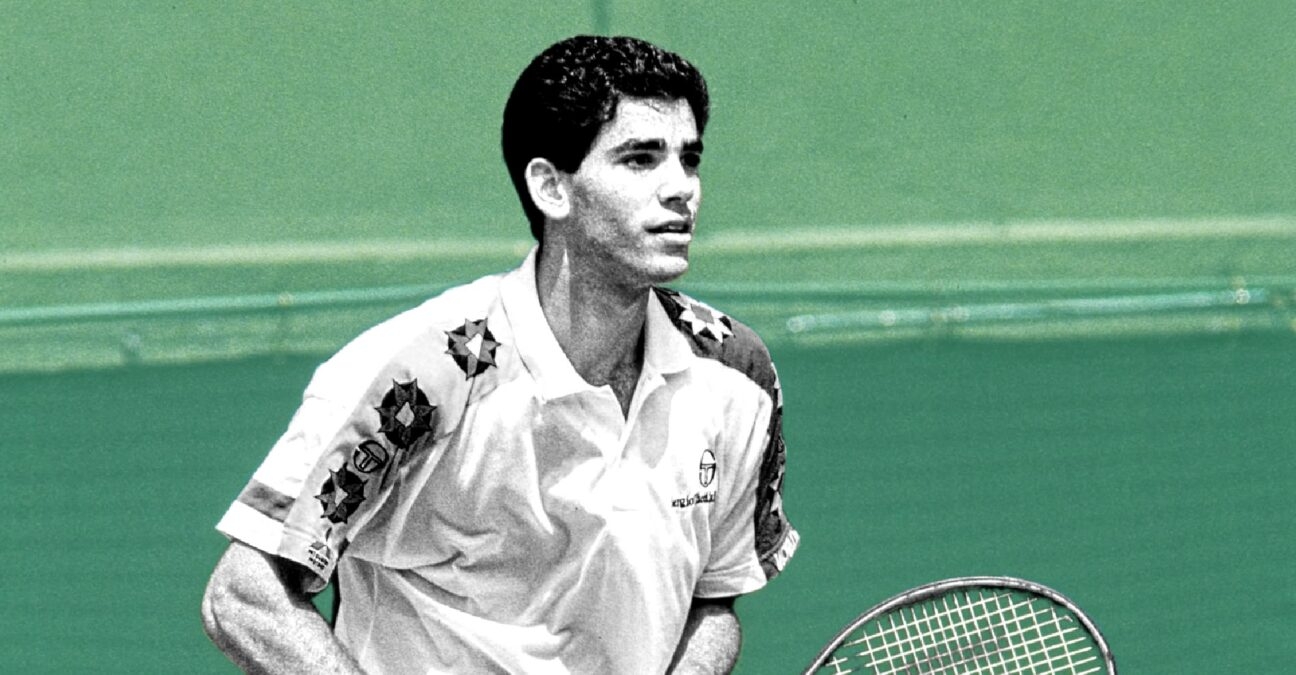
What happened on that day?
On this day, November 17, 1991, in Frankfurt, Pete Sampras beat Jim Courier in the final (3-6, 7-6, 6-3, 6-4) to claim his first title at the season-ending Masters Cup. For the young American, who had lost his US Open crown two months earlier – to the same opponent – it was a relief to win such an important title after a hard season. It was also the first of five titles claimed by the future world No 1 at the year-end Masters Cup, which would be a record at the time (eventually broken by Roger Federer in 2011).
The players: Pete Sampras and Jim Courier
- Pete Sampras: The youngest-ever male player to win the US Open
Pete Sampras was born in 1971. Although he was an integral part of a golden American generation, along with Andre Agassi, Michael Chang and Courier, he was the last of them to become an elite player. At the end of 1989, while his rivals had all claimed titles and achieved breakthrough Grand Slam performances, Sampras was still ranked only No 81 in the world.
Things would soon change, however. In November that year, Ivan Lendl, world No 1 at the time, invited him to his house to practise with him for 10 days: the young American then realised what kind of work ethic was required to become a champion.

Six months later, he would break into the top 20 after claiming his first two titles in Philadelphia and Manchester. In September 1990, Sampras took his game to the next level, taking the world of tennis by surprise by becoming the youngest male player to ever triumph at the US Open, defeating Agassi in the final (6-4, 6-3, 6-2).
Thanks to this remarkable triumph, he entered the top 10, but in the first half of 1991, Sampras struggled to confirm his new status. At the beginning of the American summer swing, Sampras achieved better results, triumphing in Los Angeles, Indianapolis and reaching the final in Cincinnati, but he would fail to defend his US Open title, defeated by Courier in the quarter-finals (6-2, 7-6, 7-6).
- Jim Courier: The Roland-Garros champion with an unconventional game
Born in 1970, Jim Courier was one of many players developed at the Nick Bollettieri Tennis Academy in the 1980s. He possessed quite an unconventional game, using western grips and short backswings; his swing often compared with those of Major League baseball players. The comparison was aided by Courier’s trademark baseball cap, which he never seemed to be seen without.
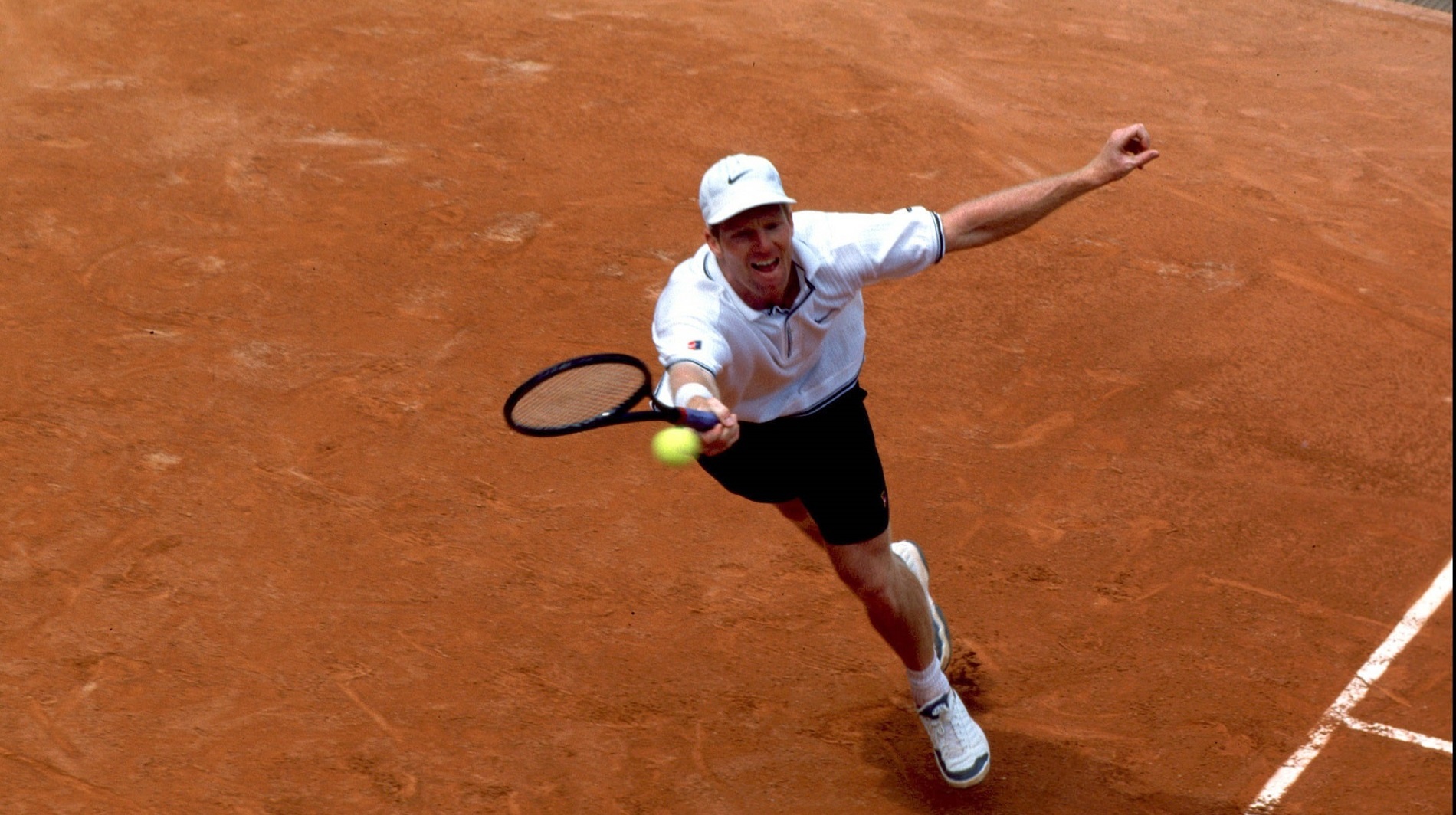
Courier’s booming serve and inside-out forehand were his favourite shots, and the American was famous for his work ethic, commitment and fitness. He was part of a young American big four which made a lasting impression on the tour: Agassi, who was in the top 10 since 1988, Chang, who had already triumphed at Roland-Garros, and Sampras. In 1989, Courier reached the fourth round at the French Open, after defeating Agassi, then the world No 5 (7-6, 4-6, 6-3, 6-2), and, a few months later, he claimed his first title in Basel (defeating Stefan Edberg in the final 7-6, 3-6, 2-6, 6-0, 7-5).
Courier’s career took off in 1991: after clinching the titles at both Indian Wells and Miami, he triumphed at Roland-Garros to everyone’s surprise, beating his rival Agassi in the final (3-6, 6-4, 2-6, 6-1, 6-4). A month later, he made his way to the quarter-finals at Wimbledon (lost to Michael Stich, 6-3, 7-6, 6-2), and in September, he finished runner-up to Edberg at the US Open (6-2, 6-4, 6-0).
The place: Frankfurt, Germany
Founded in 1970, the year-end Masters Cup was the final showdown between the eight best players in the world. Held in a different location every year at the start, in settled at New York’s Madison Square Garden from 1977 until 1989. Then, in 1990, the tournament moved to Frankfurt, in Germany, where the Festhalle would host 13,500 spectators. As only the eight top players of the year qualify for the event, the list of its former champions is a veritable who’s who of men’s tennis.
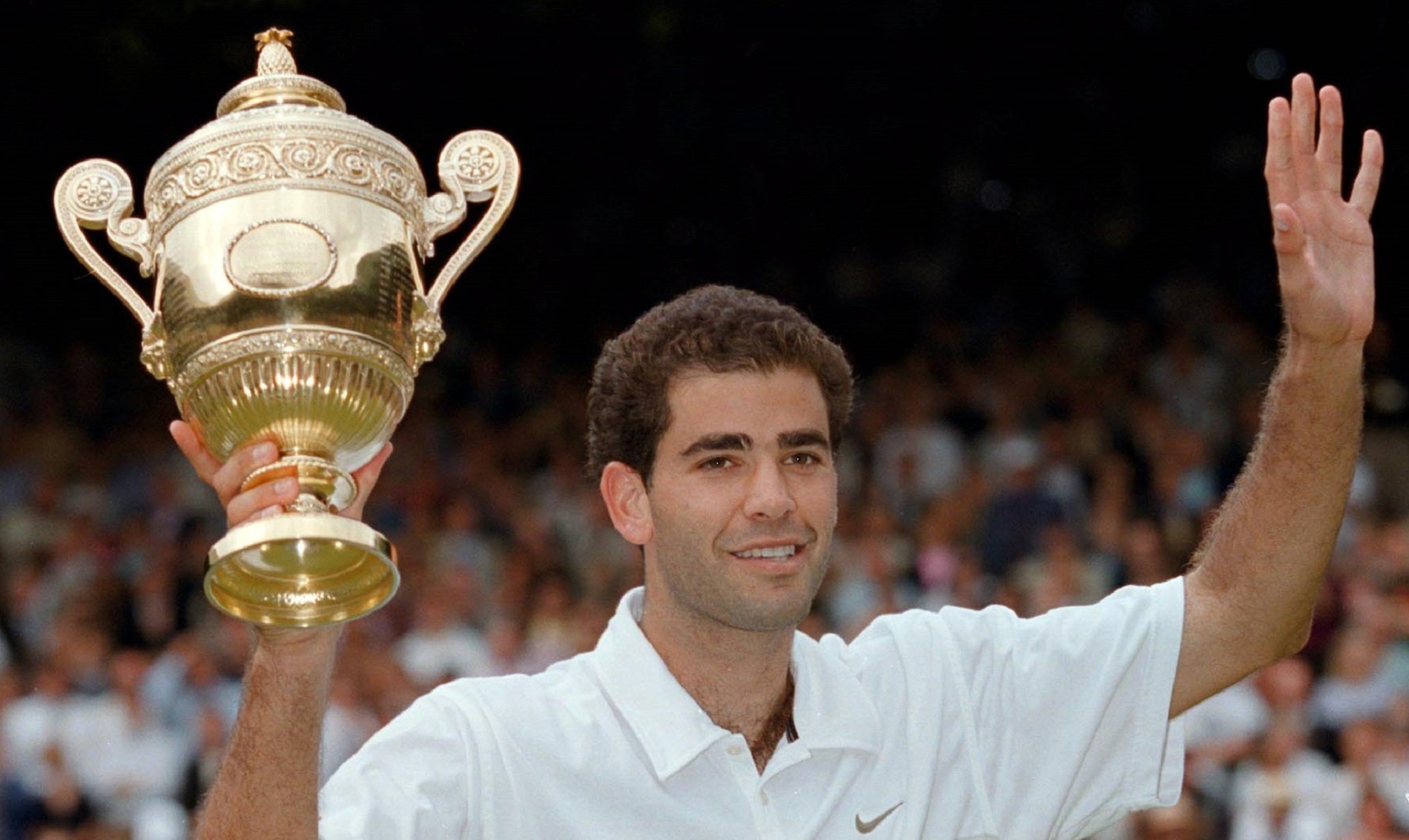
The facts: Sampras wins in three sets
In November 1991, despite their young age, Sampras and Courier already had quite a history. They had faced each other four times, and although Sampras had won their first three encounters, Courier had prevailed in the last one, in the US Open quarter-finals, where Sampras was the defending champion. After his loss, Sampras said he was more relieved than disappointed and that he felt like “a ton of bricks” was lifted from his shoulders. Jimmy Connors and Courier, among others, criticised him.
“Really, how much pressure does Pete have?” Courier said. “He will never have to work another day in his life. He has got millions in the bank.”
Both players had had a very different 1991 experience. Sampras had struggled with celebrity and expectations since his surprising triumph at the 1990 US Open, but since August he had won 32 matches and lost only five. Courier had had his best year: after winning at Roland-Garros and reaching the final at Flushing Meadows, he was ranked No 2 in the world. In the absence of world No 1 Stefan Edberg due to injury, he was the top seed at the Masters Cup.
The final didn’t start in the best way for Sampras, who lost the first set, 6-3, and, in the second set, he broke Courier for 6-5, only to be broken back in the following game and pushed into a dangerous tiebreak. Sampras obtained a first set point at 6-4, but he double-faulted. Luckily for him, Courier took too much risk on a forehand attack on the next set point and hit the net – one set all.
“I go for my shots, and sometimes they make it and sometimes they don’t. Sometimes they fall and sometimes they don’t. Tonight, one crucial shot didn’t fall for me.”
— Jim Courier
The 1990 US Open champion then took hold of the match and won the next two sets, 6-3, 6-4. He had just added a second major title to his list of achievements.
He didn’t stop there. “Winning any victory gives me a lot of confidence,” said Sampras, looking back on his run to the final and beating Stich, Agassi and Ivan Lendl. “But this one is a little special. I beat a lot of tough guys.”
What next? Courier and Sampras would both become world No 1
Courier would reach the world No 1 spot in February 1992, and would spend a total of 58 weeks on top the rankings. He would claim four Grand Slam titles in less than two years (adding the 1992 French Open as well as the 1992 and 1993 Australian Open to his first Major), Courier’s career would decline after his loss in the Roland-Garros final in 1993 (defeated by Sergi Bruguera, 6-4, 2-6, 6-2, 3-6, 6-3). In the last five years of his career, he would only claim five of his 23 career titles. In 2000, his ranking dropped to No 67, and his motivation was at its lowest, which pushed him to quit professional tennis. In total, Courier would spend 58 weeks on top of the ATP rankings.
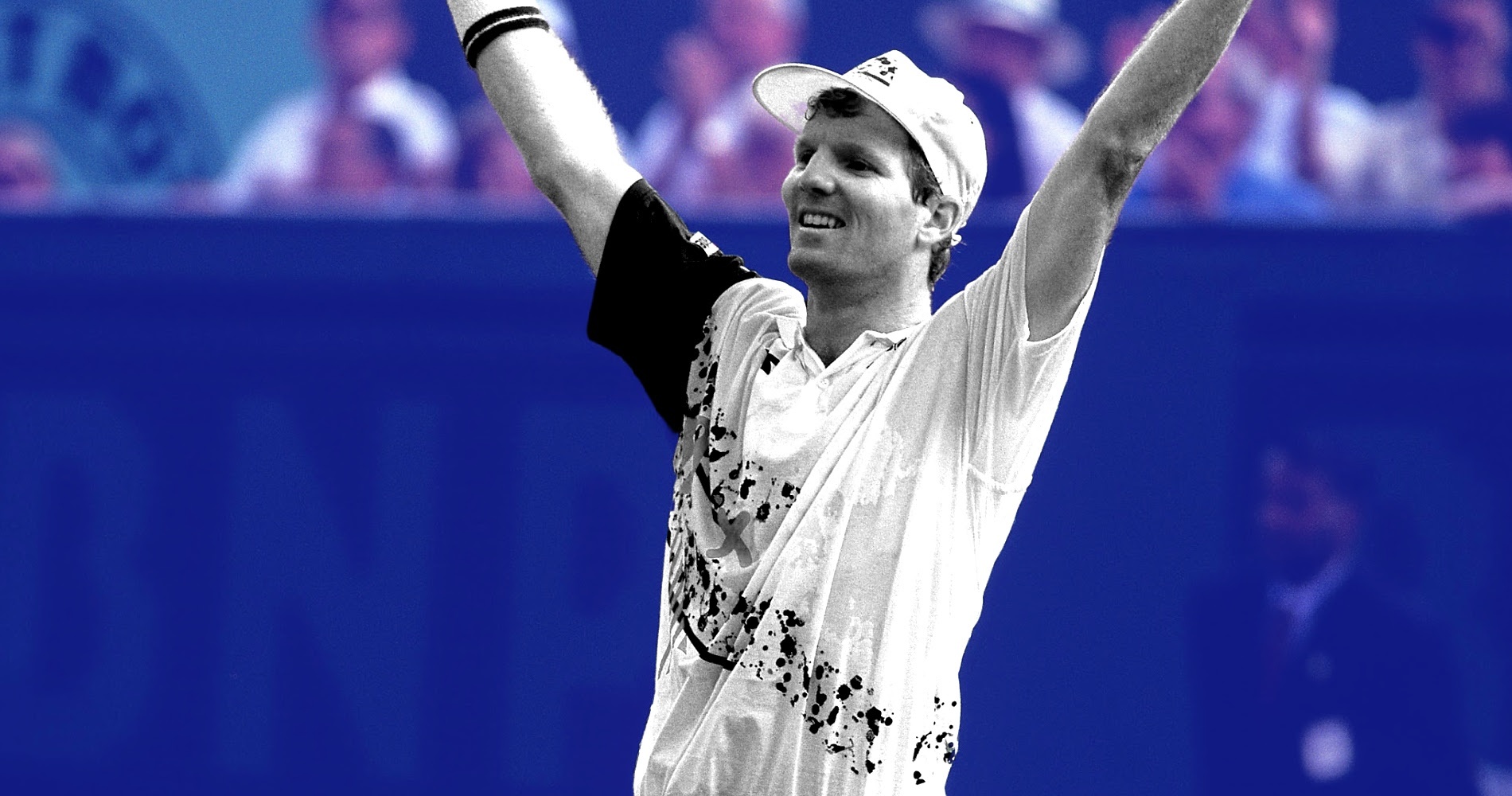


Pete Sampras would become world No 1 in 1993. He would set a record of 14 Grand Slam titles claimed during his career (since broken by Roger Federer, Rafael Nadal and Novak Djokovic), triumphing seven times at Wimbledon, five times at Flushing Meadows and twice in Australia, but at Roland-Garros, his best performance would remain a semi-final, reached in 1996. He would also win the Masters Cup no less than five times, and he would spend 286 weeks as world No 1.
Although most of his amazing records would seem unbeatable at his retirement, in 2003, most of them would be beaten by the Big 3 – Roger Federer, Rafael Nadal and Novak Djokovic – in the following decade.



